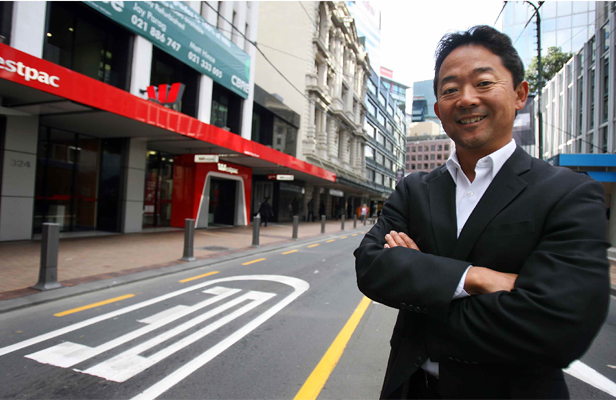Reinforced concrete buildings built before the 1980s pose the biggest risk to life in a major earthquake, says the chairman of Wellington-based international seismic consultancy.
Kit Miyamoto, who leads Miyamoto Impact, said this was shown in Christchurch where most of those killed in the quakes lost their lives in the CTV building, a big, heavy concrete building that lacked redundancy.
And he believes the threat in Wellington is greater than it was in Christchurch.
‘‘The Christchurch event was big but it only had five seconds of strong motion. This place has the potential to have motion like that for 30 seconds.
‘‘So you are going to see three to five percent of older concrete buildings collapse. It may seem small but those are big numbers.’’
A lot of those buildings were along Lambton Quay and Courtenay Place and those big buildings were the ones that were likely to claim the most lives.
Miyamoto said they could be made much safer for relatively little cost by applying performance based engineering rather than focussing on a building’s percentage of new building standard.
Instead of saying a building had to be over 34 per cent of new building standard, performance based engineering used detail modelling to look at how a building was likely to move in a quake.
From this it was possible to estimate the risk to life, the time it would take to get a building back into service and the likely damage it would suffer.
This could then be weighed against the cost of strengthening work to show how cost effective that investment would be.
He believed the CTV building, in which 115 were killed in February 2011, could have been strengthened for somewhere between $500,000 to $1m.
The solution would have been to put in steel bracing which would have reduced the twisting motion that snapped the CTV building’s brittle concrete columns.
Miyamoto said Wellington’s Cuba St, which he believed was the city’s most dangerous street for pedestrians, could be ‘‘easily fixed with a few bolts.’’
The street is lined with old unreinforced masonry buildings with facades that could collapse onto the street.
If an earthquake hit his advice was for people to run into the nearest building and take cover under a heavy table rather than run out onto the street.
But the area could be made so much safer by ensuring the facades were tied to the buildings so they did not fall out..
‘‘All they need to do is bolt the walls to the floors. That’s what was done in San Francisco.’’
Speaking to the Property Council in Wellington this week Miyamoto said New Zealand needed to seriously consider the need to seismically upgrade building stock in an economically feasible way.
Government was right to tighten building standards but there would be landlords who struggled to find the money for upgrades.
Changes to seismic requirements also had to address concerns around return on investment, financing and insurance.

